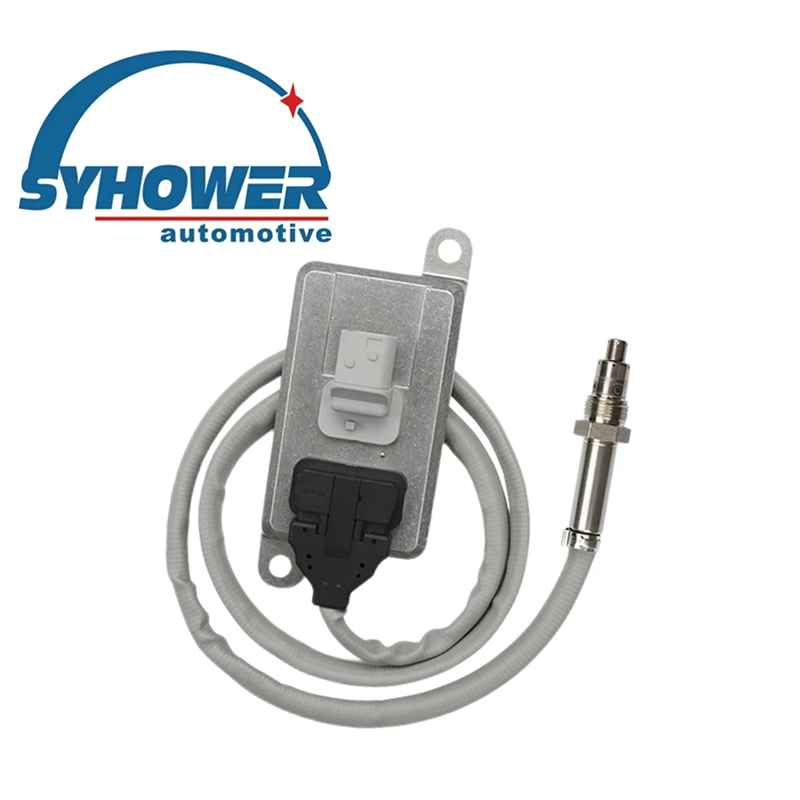- English
- Español
- Português
- русский
- Français
- 日本語
- Deutsch
- tiếng Việt
- Italiano
- Nederlands
- ภาษาไทย
- Polski
- 한국어
- Svenska
- magyar
- Malay
- বাংলা ভাষার
- Dansk
- Suomi
- हिन्दी
- Pilipino
- Türkçe
- Gaeilge
- العربية
- Indonesia
- Norsk
- تمل
- český
- ελληνικά
- український
- Javanese
- فارسی
- தமிழ்
- తెలుగు
- नेपाली
- Burmese
- български
- ລາວ
- Latine
- Қазақша
- Euskal
- Azərbaycan
- Slovenský jazyk
- Македонски
- Lietuvos
- Eesti Keel
- Română
- Slovenski
- मराठी
- Srpski језик
Four types of sensors that are prone to failure in trucks
2024-09-13
Nitrogen oxide sensors, which are utilized to monitor nitrogen oxide levels in exhaust gases, play a critical role in emission control systems for diesel engines. These sensors operate under high temperatures and harsh conditions, making them susceptible to failure due to factors such as pollution, carbon buildup, overheating, or electronic malfunctions.

The second type is the manifold absolute pressure (MAP) sensor or mass air flow (MAF) sensor. These devices primarily measure the volume of air entering the engine and are essential for adjusting fuel injection rates and ignition timing. Their functionality may be compromised by blockages from dust, oil, or other contaminants, as well as mechanical or electronic failures resulting from prolonged exposure to vibrations.
The third type is the crankshaft position sensor, which monitors both the position and speed of the engine's crankshaft—an essential function for effective engine management. This sensor can fail due to wear and tear, vibration-induced stress, temperature fluctuations, or electronic issues that may lead to difficulties in starting or unstable engine performance.
Lastly, oil pressure sensors are employed to gauge the pressure within the engine’s lubrication system ensuring adequate lubrication for optimal operation. Inaccurate readings can arise from sludge accumulation, corrosion effects on components, or electronic failures that could disrupt normal engine functioning.
Additionally, other sensors such as exhaust temperature sensors and air pressure sensors—as well as urea level and quality indicators—are also prone to malfunctioning. Therefore, regular inspections and maintenance practices are crucial in mitigating potential failures.


